We take immense pride at RX-Safety crafting the highest quality prescription tactical glasses, reflecting our century-long legacy in the optical safety industry. Our range is specifically tailored to meet the needs of military personnel, active-duty service members, first responders, and those requiring dependable tactical and ballistic protection. Our collection includes military glasses, ballistic sunglasses, and prescription ballistic glasses, each designed with precision and care. As a family-owned business, we are deeply committed to providing affordable yet superior prescription safety glasses and prescription military glasses, catering to a broad audience.
Our products strictly adhere to the highest safety standards, including ANSI Z87+ High Velocity and MIL-PRF-31013 ballistic ratings. This commitment ensures that our glasses provide optimal protection in various demanding and hazardous environments, making them a reliable choice for those who face the most challenging situations. Our dedication to safety and quality has firmly established RX-Safety as a leader in optical protection.
In addition to safety, we focus on versatility and personalization in our eyewear. Our glasses come in various styles, shapes, colors, and sizes, ensuring each customer finds their perfect match. We offer advanced lens options like transition lenses, which adapt to changing light conditions and provide comfort and protection in indoor and outdoor environments. For those who prefer polarized sunglass lenses, we offer options that reduce glare, enhancing vision clarity, especially in bright conditions. Our range also includes classic high-contrast colors like yellow and orange, ideal for improving visibility in low-light conditions.
One of our unique offerings is a military-approved, permanent anti-fog coating. This innovative coating ensures that the lenses remain clear in all conditions, preventing fogging that can significantly hinder critical situations. This feature is particularly beneficial for those constantly on the move and always require clear vision.
We proudly feature top brands such as Oakley, Wiley X, and ESS EyePro. These brands are at the forefront of optical protection technology, offering an extensive range of protective eyewear. Their military ballistics-rated glasses are known for their durability and protection, making them a top choice for our customers.
At RX-Safety, we understand the challenges of selecting the right pair of ballistic glasses with prescription lenses. We aim to make this process seamless, providing various options to cater to different preferences and requirements. We are not just selling glasses; we offer a vital protective gear component for professionals in demanding roles. Our prescription tactical glasses, military sunglasses, and tactical goggles are available at excellent prices, combining protection, style, and comfort in one package. Shop with us today and experience the quality and reliability that RX-Safety is known for.
Safety glasses are manufactured and rated to protect your eyes from chemicals and debris in a variety of segments. Regular safety glasses are ANSI Z87 approved, which means they meet the typical industry safety requirements. However, ballistic rated glasses protect your eyes to a higher caliber. Ballistic glasses are manufactured and rated to protect your eyes against projectiles with a higher speed than typical industrial debris. Therefore, ballistic glasses are made for tactical workers that are exposed to high intensity environments, or those who are frequently inside the shooting range.
MIL-PRF-31013 and MIL-DTL-43511D are both military standards for protective eyewear, but they cater to different levels of impact resistance and are designed for slightly different use cases.
In summary, while both specifications ensure a high level of protection and optical clarity, MIL-PRF-31013 is more focused on standard protective glasses with high-velocity impact resistance, and MIL-DTL-43511D is tailored towards goggles with higher ballistic impact resistance, suitable for more extreme conditions.
ANSI Z87+ rated glasses will protect your eyes against high-velocity debris. However, for shooting glasses we recommend the MIL-PRF-31013 or MIL-V-43511C rated frames. These are the military ballistic standards, and are ideal for shooting ranges and higher velocity projectiles.
Ballistic rated glasses are designed to provide a level of impact protection beyond common industrial safety standards. Those who work as law enforcement, first responders, military personal, and all tactical forces benefit from ballistic rated glasses. These consumers may be exposed to projectiles with a higher speed than typical industrial debris. Simply put, ballistic rated glasses are designed to resist higher intensity environments than your typical safety glasses.
MIL-PRF-31013 is a critical military specification that sets stringent standards for ballistic-resistant protective eyewear used by military personnel. This specification focuses on ensuring that eyewear can withstand high-velocity impacts, a necessity in combat and training scenarios where soldiers are exposed to shrapnel and ballistic fragments. The testing methods defined in MIL-PRF-31013 assess the eyewear’s ability to resist such high-speed projectiles.
Additionally, this specification mandates high standards for optical quality. It ensures that while offering robust protection, the eyewear does not impair the wearer’s vision, maintaining clarity and minimal refractive or prismatic distortions. This dual focus on protection and visual clarity is crucial, as it enables soldiers to perform effectively without visual hindrance while being safeguarded against potential eye injuries.
MIL-PRF-31013 is part of a broader suite of military specifications that ensure the safety and efficacy of equipment used in various military operations, highlighting the importance of quality and performance in military gear.
MIL-DTL-43511 is a military standard (often called MIL-SPEC) that specifies the requirements for ballistic eye protection used by the U.S. military. This standard is essential for ensuring the safety and performance of protective eyewear, such as goggles, used in military operations.
Critical aspects of MIL-DTL-43511 include:
Compliance with MIL-DTL-43511 is essential for manufacturers producing protective eyewear for the military, as it ensures that the products meet the rigorous standards required for the safety and effectiveness of military personnel.
The Z87+ rating is designed for industrial protection. The ANSI Z87+ rating indicates that the safety glasses or lenses are high-velocity impact rated. In other words, they must withstand impact from small, fast-moving projectiles and fragments. If you are looking for a ballistic rated pair of glasses, the ideal certification to have is MIL-PRF-31013. Military ballistic ratings are much more stringent. Even though the ANSI standards are similar, MIL-PRF-31013 testing produces almost 7 times more impact energy than the ANSI Z87+.
No, regular safety glasses are not suitable for military officers and law enforcement personnel. The specific demands and hazards of military and law enforcement environments require eyewear that meets higher standards of impact resistance, ballistic protection, and environmental durability than standard safety glasses provide. Regular safety glasses typically do not fulfill the stringent requirements for protection, compatibility with other equipment, and optical clarity needed in tactical and combat situations. It’s essential for military and law enforcement personnel to use protective eyewear that is specially designed, tested, and certified for their challenging and often hazardous operational conditions. Recommended Military or Law Enforcement glasses need to have the US military standard MIL-PRF-31013 certification.
Although ANSI Z87+ standard certifications indicate that the glasses are high-velocity impact rated, the recommended shooting glasses are those with the U.S military standard MIL-PRF-31013.
Military glasses, also known as tactical or ballistic eyewear, are protective glasses designed for the rigorous demands of military use. Their key features include:
Military glasses are essential for protecting soldiers’ eyes from potential hazards like shrapnel, debris, and bright light, while ensuring they can perform their duties effectively.
Showing 1–12 of 65 results
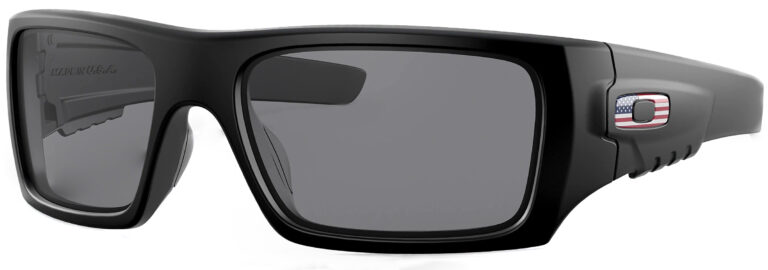
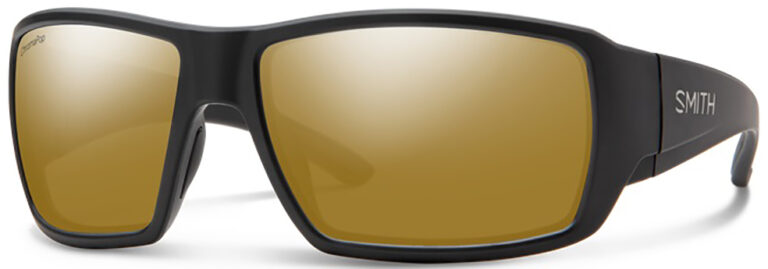

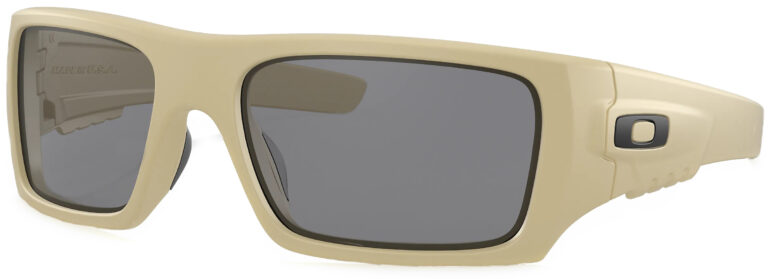

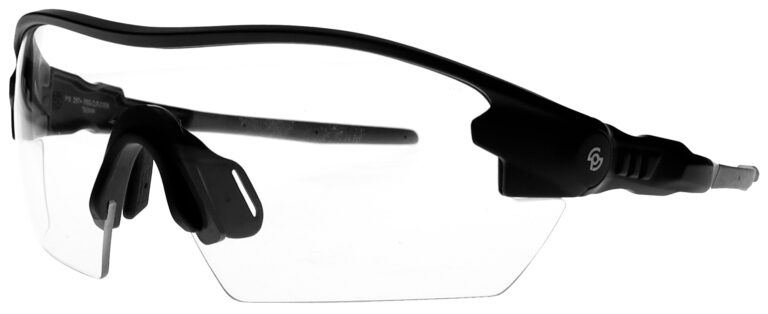
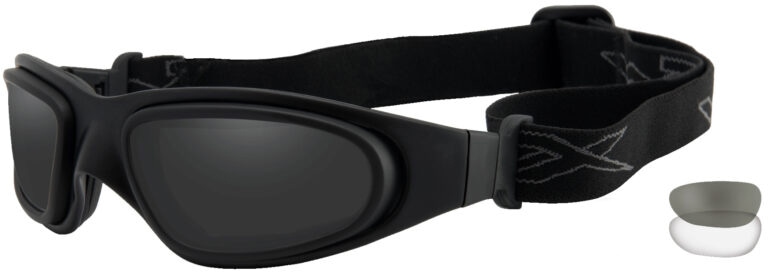

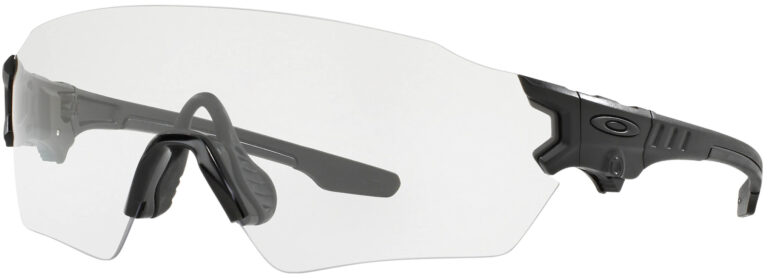
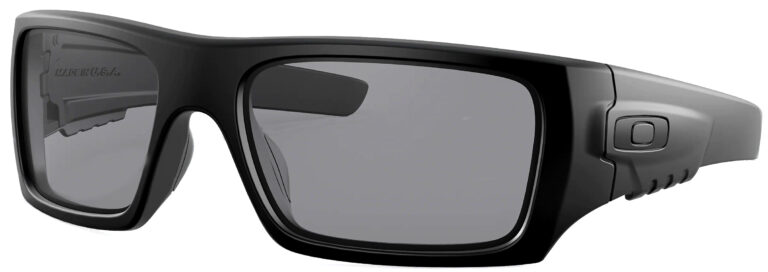
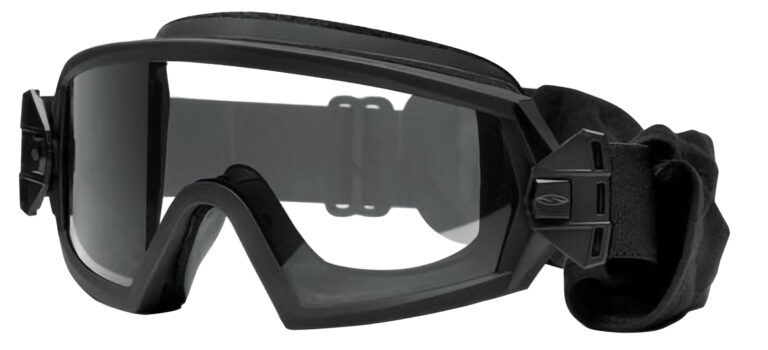
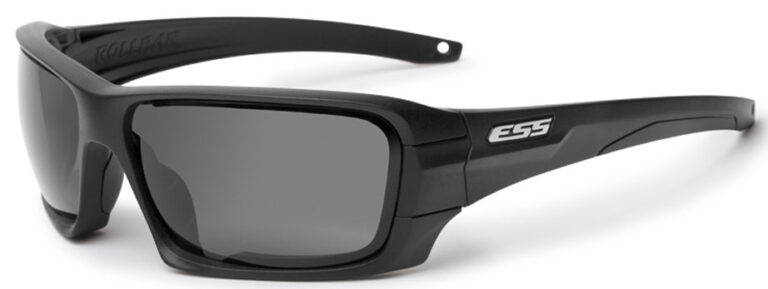
Stay on top of the latest news about prescription safety glasses, eyewear, sunglasses, and all the trends in the industry.
DISCOVER NOWBe the first one to know about promotion, new products, and more.
Follow Us On Instagram @rx_safety